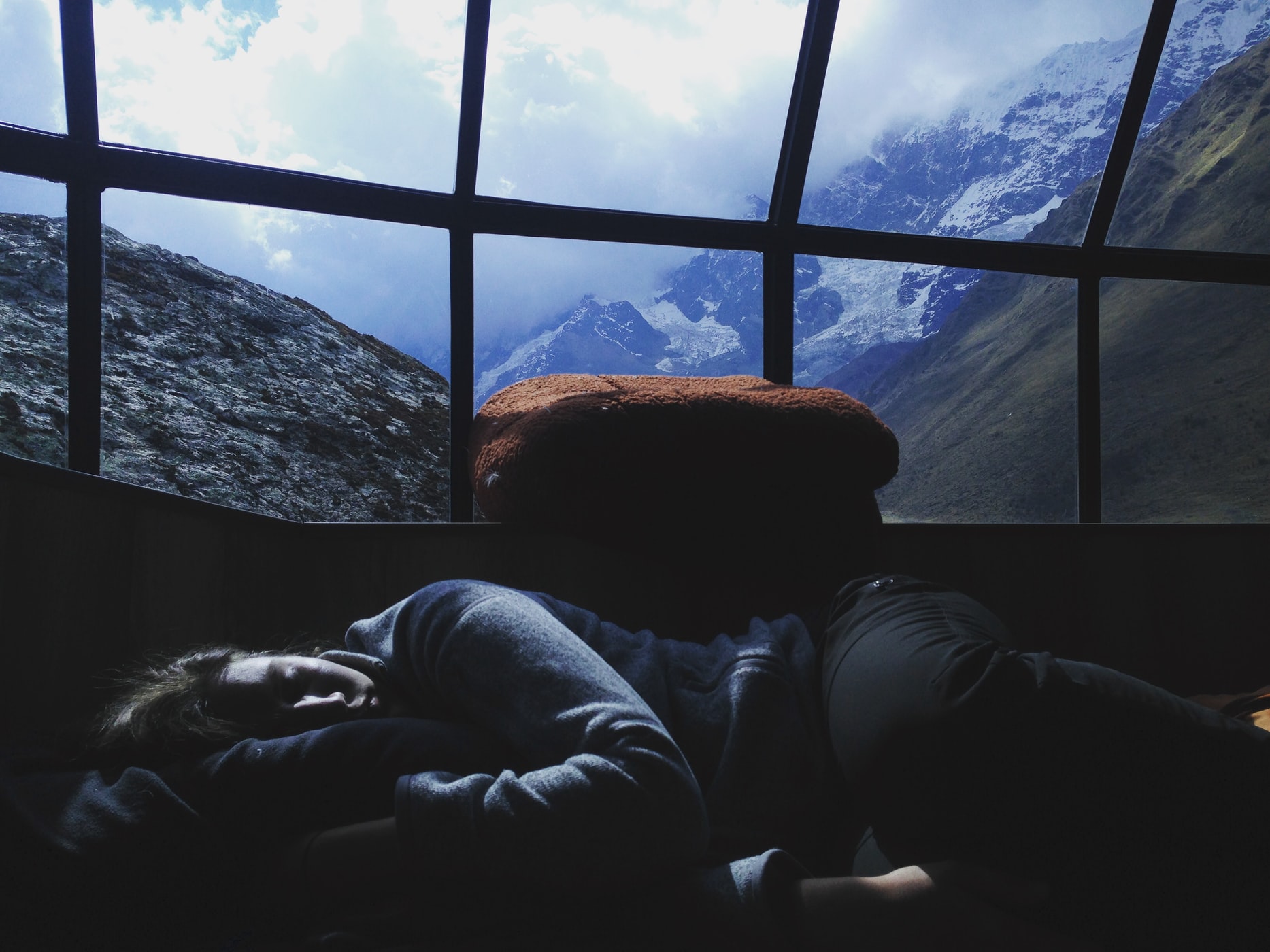Lower back pain causes distress and disability for millions of people across the globe. There are many different causes, ranging from poor posture to injury. While you can’t always treat lower back pain yourself, there are things you may be able to do that improve your symptoms regardless of the cause. Stretching and exercising can help, and so can sleeping in the proper position.
Finding the best sleeping position for lower back pain can often improve both your symptoms and the quality of your sleep. Many pain sufferers struggle to get enough rest — something that can compound their problems since the body needs proper sleep to heal. Good sleeping positions, therefore, can be critical to ultimately recovering from lower back pain. In some cases, the wrong sleeping positions are the cause of your lower back pain; this means that finding a better sleeping position can get rid of your symptoms for good.
Back sleepers
If you’re one of those people who can only fall asleep on their backs, there are some helpful positions you can try, which may soothe your lower back pain and prevent it from reoccurring. It may be beneficial for some back sleepers to rest in a reclined position — that is to say, with the upper part of their body propped up a little. You can do this with a positionable bed. If that’s out of your price range, you may find that using a wedge-shaped pillow under your back and shoulders can help. Another option is to place bed risers under the head end of your bed so that it’s a little higher than the foot.
Some back sleepers find that their lower back pain is reduced by placing pillows or a bolster under their knees. This allows the spine to relax a little and curve into a different configuration, potentially easing discomfort.
Side sleepers
If you’re a side sleeper, consider trying to sleep in a fetal position with your legs drawn up to your chest. The fetal position curves your spine outwards and helps stretch out the muscles of your lower back.
Another position that might be helpful to side sleepers is lying on one side with a pillow between the knees. This helps to support the hip facing uppermost so that your leg is not pulling your spine sideways or putting a strain on the muscles of your lower back.
Tummy sleepers
If you tend to sleep best when you lie face-down, you may find that the additional stress on your spine causes pain in your back. Ideally, you might try to find a different position than you can sleep in, but this isn’t always possible.
Instead, try placing a pillow or two under your abdomen for support. This may take the strain off your spine and allow your back to recover. If possible, remove the pillow you usually rest your head on or switch to a smaller, flatter pillow. The smaller pillow can help your spine fall into a more natural configuration.
Alignment
Whatever position you sleep in, try to keep the proper spinal alignment in mind. You need a position where your spine can adopt a natural curve rather than being pushed backwards or bent to the side. It may take some experimentation to find the ideal sleeping position for you, so keep on experimenting. Invest in additional pillows, bolsters, and wedge supports to help you get into the right position to promote proper spinal health.
If you’ve tried different sleeping positions and are still struggling with back pain or neck pain, don’t suffer in silence. Back pain can be a symptom of an underlying medical condition that should be addressed, such as an infection. Even if the cause isn’t anything serious, there’s no reason you should put up with back pain. Your doctor may be able to find an approach that can help you overcome your lower back issues and enjoy life once more.
Tap for recommended posts on the tags you don’t follow






